Key Takeaways:
- Understand the mechanics behind different types of dog dryers and how they effectively remove moisture from a dog's coat.
- Learn about the safety measures and techniques to ensure a comfortable drying experience for your pet.
- Discover tips for selecting the right dryer for your dog and integrating it into your grooming routine.
Grooming is an essential aspect of dog care, and understanding how does a dog dryer work is crucial for any pet owner. Unlike humans who can use a towel or a standard hair dryer, dogs require a specific approach to drying that considers their coat type, skin sensitivity, and patience level. This article will delve into the mechanics of dog dryers and offer practical advice for pet owners looking to incorporate this tool into their grooming arsenal.
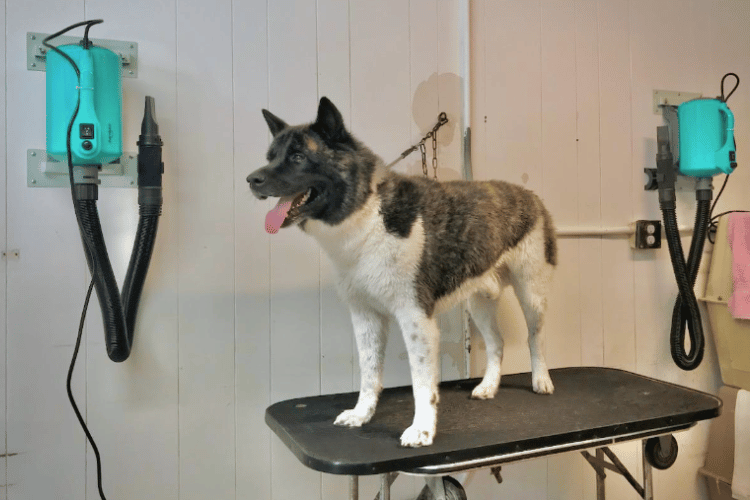
The Mechanics of Dog Dryers
Dog dryers are designed to cater to the unique needs of bathing dogs. Unlike the dryers we use on our own hair, these devices are tailored to handle the dense fur and sensitive skin of our canine companions. The most common types found in the pet industry are the high velocity dryer, fluff dryer, and kennel drying systems.
High velocity dryers, also known as forced air or velocity dryers, work by blasting warm or cold air at a high speed to remove water from the dog's coat. They are particularly effective at breaking apart water molecules clinging to the fur, which speeds up the drying process. These dryers are powerful and can significantly reduce drying time compared to towel dry methods.
Safety and Comfort During Drying
When using a dog dryer, safety and comfort are paramount. The noise and force of the air can be startling, so it's important to introduce your dog to the dryer gradually. Using cotton balls to protect the dogs ears from the noise and ensuring that the air is not too hot to avoid burning the skin are essential precautions. Additionally, keeping the dryer at a safe distance from the dog's body, especially the head and ears, will help minimize stress.
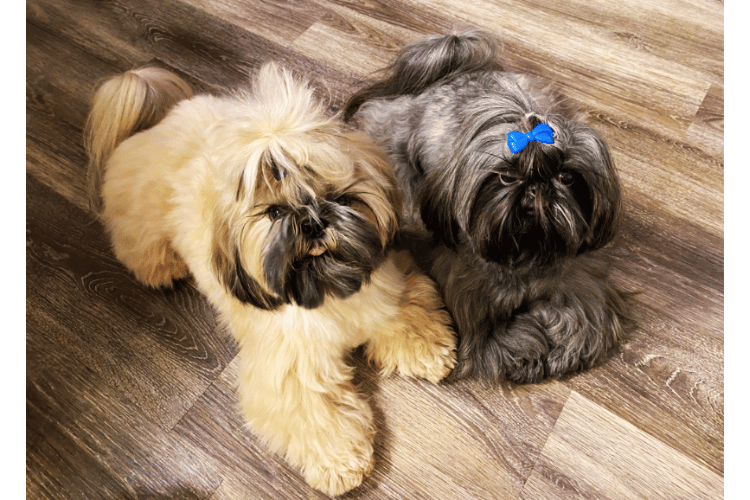
Choosing the Right Dryer for Your Dog
Selecting the right dryer for your pet depends on several factors, including the size of your dog, the thickness of its coat, and how often you plan on grooming. For dogs with thick undercoats or those prone to shedding, a high velocity dryer might be the best choice. On the other hand, for dogs with fine or fluffy hairs, a fluff dryer might be more appropriate as it is gentler and less likely to cause stress.
The Role of Brushing in Conjunction with Dog Dryers
Brushing a dog's coat is an essential step in the grooming process, often overlooked when discussing the use of dog dryers. Before using a dryer, it's crucial to thoroughly brush the dog's hair to remove any tangles and loose fur. This not only makes the drying process more efficient but also ensures that the coat dries evenly. Brushing stimulates the skin and helps distribute natural oils throughout the coat, which can enhance the effectiveness of the drying session and leave the dog's coat shiny and healthy.
In addition to its preparatory role, brushing after blow drying can also be beneficial. Many dogs enjoy the sensation of brushing as it provides a massage-like effect. Post-drying brushing helps to smooth the coat and remove any remaining loose hairs that the dryer may have dislodged. For dogs with an undercoat, using a specialized brush to remove the undercoat can significantly reduce drying time and prevent overheating. This step is particularly important for breeds with thick fur, as it helps prevent hot spots and ensures that the coat dries all the way to the skin. The Importance of Regular Blow Drying for a Dog's Coat
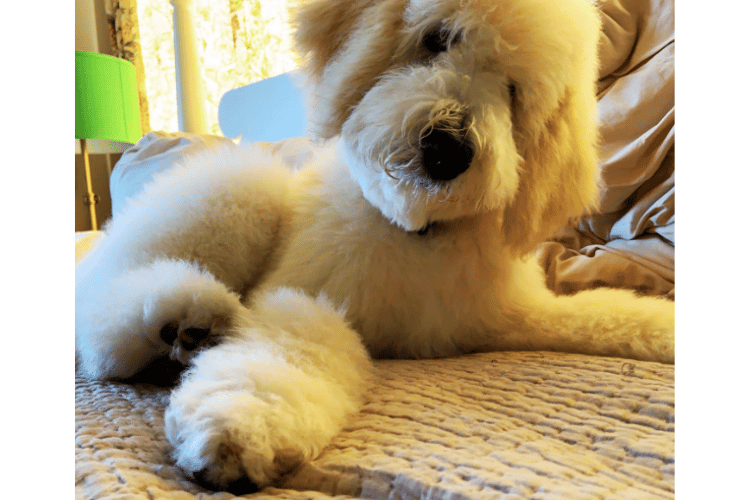
Regular blow drying is more than just a finishing touch after a bath; it's a crucial step in maintaining your dog's coat health. When done correctly, blow drying can prevent matting and tangles, which are not only unsightly but can also cause discomfort and skin issues for your furry friend. A groomer typically uses a high-velocity dryer to remove excess water swiftly, followed by a thorough brushing that separates the dog's hair, ensuring that the coat dries evenly and reduces the risk of skin infections.
Moreover, blow drying helps to inspect the dog's skin for any signs of problems such as fleas, ticks, or rashes. As the warm air flows through the dog's coat, it lifts and separates the hair, giving the groomer a clear view of the skin's condition. This step is essential for early detection and treatment of potential issues. Additionally, a well-dried coat will leave your dog feeling comfortable and fresh, and it can also enhance the natural shine and health of your dog's hair.
The Advantages of Professional Groomers for Dog's Hair Care
Professional groomers are equipped with the knowledge and tools to handle a dog's hair with the utmost care. They understand that each dog's coat requires a unique approach depending on its texture, length, and condition. Groomers use specialized dryers designed to be safe and efficient, ensuring that the dog's hair is dried without causing heat damage or stress. They also have the expertise to adjust the temperature and airflow to suit the sensitivity of different breeds, which is something that might be challenging to replicate at home.
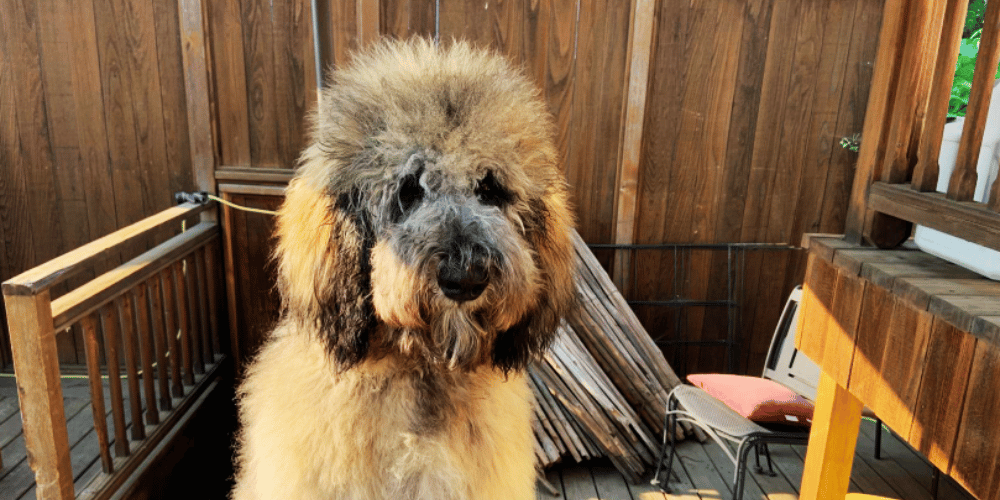
In addition to their technical skills, professional groomers are adept at handling dogs of all temperaments. They know how to calm anxious pets and make the drying process enjoyable. For dogs that are particularly sensitive to the noise and sensation of blow drying, groomers can employ techniques and tools, such as quiet dryers or calming foot mats, to create a more relaxing environment. This attention to detail not only ensures that your dog's coat is impeccably cared for but also that the grooming experience is a positive one for your pet.
The Evolution of Dog Dryers in Pet Salons
Dog dryers have come a long way since their inception, and today's pet salons typically boast an array of sophisticated equipment designed to make the grooming experience as pleasant as possible for our furry friends. Modern dog dryers often feature variable speeds and temperature controls, allowing groomers to tailor the drying process to each dog's specific needs. Warmer air settings can be used for dogs that are comfortable with heat, while cooler settings are available for those that are more sensitive or have thinner coats.
The introduction of the "air force" dryer has revolutionized the way a dog's coat dries in a salon setting. Unlike traditional tub-soaking methods followed by towel drying, air force dryers use a strong stream of air to blow water, shampoo, and conditioner residue out of the dog's hair. This method is not only faster but also more thorough, as it can reach down to the undercoat where moisture tends to soak in and linger. As a result, groomers can ensure that even the thickest coats are completely dry, preventing any dampness that could lead to skin irritation or the development of mildewy odors.
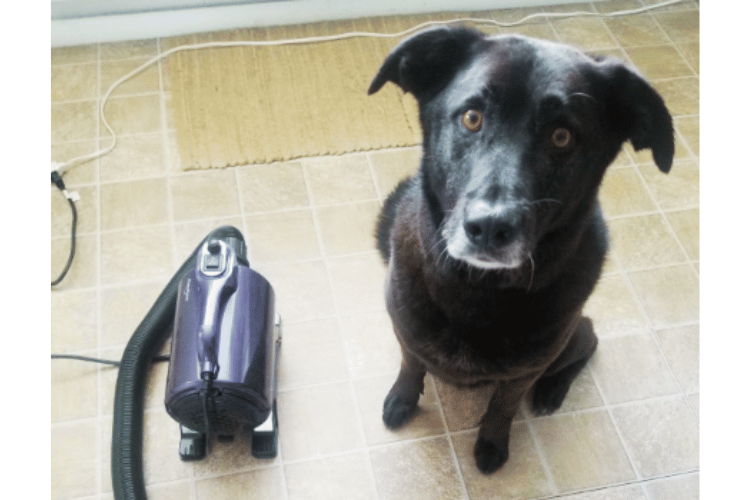
Integrating a Dog Dryer into Your Grooming Routine
Incorporating a dog dryer into your grooming routine can streamline the process and improve results. After bathing dogs, remove excess water with towels before using the dryer. This pre-drying step can reduce the overall drying time and make the experience more pleasant for your pup. Remember to brush the coat while drying to prevent tangles and ensure an even distribution of heat.
The Benefits of Using a Dog Dryer
Using a dog dryer has several advantages over letting your dog's coat air dry or using towels alone. It's faster, more efficient, and can leave your dog's coat drier and fluffier. Additionally, it helps remove loose fur and dirt, reducing shedding around the house. For dog owners who regularly show their dogs or require a pristine coat, a quality dog dryer is an invaluable tool.
Tips for a Stress-Free Drying Experience
To ensure a stress-free experience, start by drying the less sensitive parts of your dog's body, such as the back and sides. Gradually move to the head, ears, and feet. Use treats and praise to create positive associations with the dryer. It's also helpful to use a stand dryer or have an extra pair of hands to help hold the dog still.
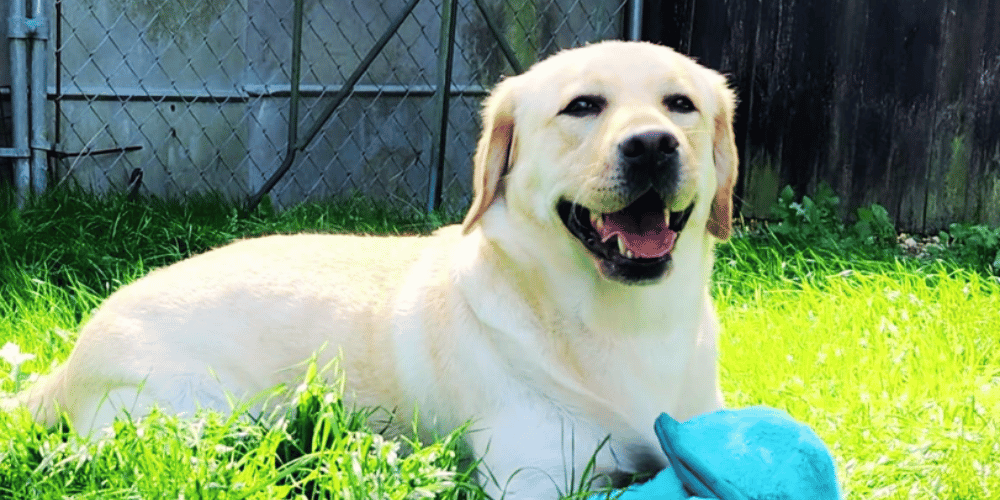
Maintaining Your Dog Dryer
Proper maintenance of your dog dryer will extend its lifespan and ensure it works effectively. Regularly clean filters, check for any blockages, and inspect the hose for damage. If you're using a model with a heating element, watch for signs of overheating and always follow the manufacturer's guidelines for care and maintenance.
Summary
Understanding how does a dog dryer work is essential for any pet owner who takes grooming seriously. These specialized tools are designed to handle the unique challenges of drying a dog's coat, offering a combination of safety, efficiency, and comfort. By choosing the right type of dryer, introducing it to your pet properly, and maintaining the device, you can ensure a pleasant grooming experience for both you and your furry friend.
FAQ Section
Q: Can I use a human hair dryer on my dog? A: It's not recommended to use a human hair dryer on dogs due to the difference in heat levels and the potential for causing skin irritation or burns. Dog dryers are specifically designed to be safe for pets.
Q: How often should I use a dog dryer on my pet? A: The frequency of use depends on how often you bathe your dog, which varies based on the dog's breed, lifestyle, and skin conditions. Always follow a bath with a dryer to prevent matting and maintain a healthy coat.
Q: Are there any risks associated with using a dog dryer? A: If not used correctly, dog dryers can cause stress, overheating, or damage to the ears. Always use the dryer according to the instructions, and take precautions to protect your dog's hearing and skin.
Thank you for visiting LegitLists we hope this helps you make a legitimate choice!






